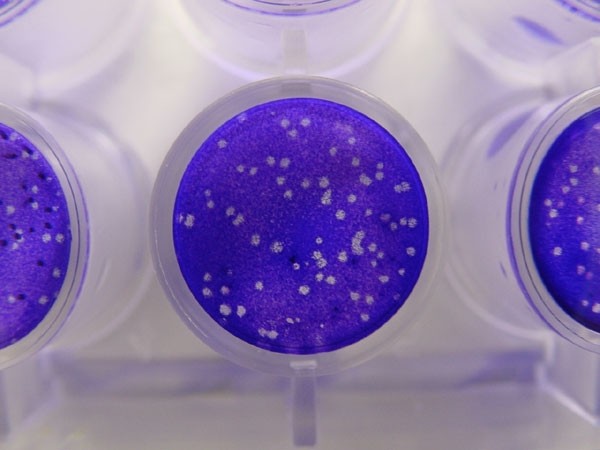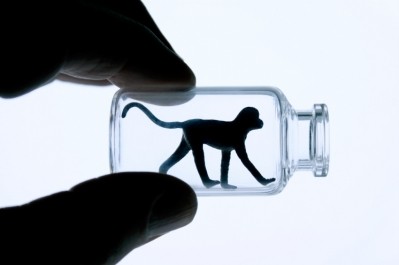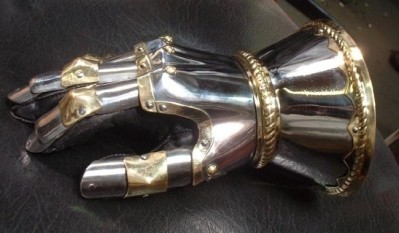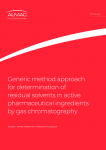Sigma-Aldrich launches 'knock-out' way to create liver toxicity assays

Sigma-Aldrich Life Science intends to use its own CompoZr Zinc Finger Nuclease (ZFN) gene editing technology to create a range of gene knock-out and reporter lines from the HepaRG human liver cell lines, licensed from cell supplier Biopredic International, and generate assays for early prediction of toxicity issues in the liver.
Paul Brooks, Market Manager for the Cells & Cell Based Assays Initiative within the Applied Business Unit at Sigma-Aldrich, told Outsourcing-Pharma.com such assays benefit the drug discovery process due to them being based on human cells.
“You reduce animal toxicology studies and overcome translating these studies from whatever species to human,” he explained. “This greatly reduces the chance of rogue therapeutics entering clinical trials that may have sailed through animal studies.”
Furthermore, he added “the cost savings of this are enormous” and therefore in great demand to both pharma, who “as usual are looking to avoid wasting resources on non-viable therapeutics much earlier in the drug discovery pipeline,” and contract research organisations (CROs) who are mirroring this sentiment.
Sigma-Aldrich will also offer clients high-quality wild-type HepaRG liver cells and supporting media as part of the licensing deal, financial details of which were not divulged.
Zinc Finger Nuclease (ZFN) gene editing
According to the company, gene knock-out in human cell-lines has only recently become possible and Sigma-Aldrich’s ZFN platform eliminates biological ambiguities or off-target effects associated with using animal cell-lines.
dthe knocking-out of genes has only recently become possible in human cells, and its ZFN platform eliminates the ambiguities about a drug's interactions that would be introduced by small molecules or RNAi.
Using Biopredic’s human cell-lines, Sigma-Aldrich will knock-out genes for critical xenobiotic sensors and drug transporters, the latter being driven in part by regulatory guidance from both the US Food and Drug Administration (FDA) and the European Medicines Agency (EMA), Brooks said.
As for the assays themselves, these will be manufactured from Sigma-Aldrich’s custom outfitted cell-line production Ewing facility in St Louis, US. However, according to Brooks, “the main challenge [Sigma-Aldrich] has had to overcome is the transfer of cell line handling procedures,” as the HepaRG cell line can be difficult to handle.
“We are now producing products that are assay ready so that customers can be assured of generating results without any issues,” he said.














